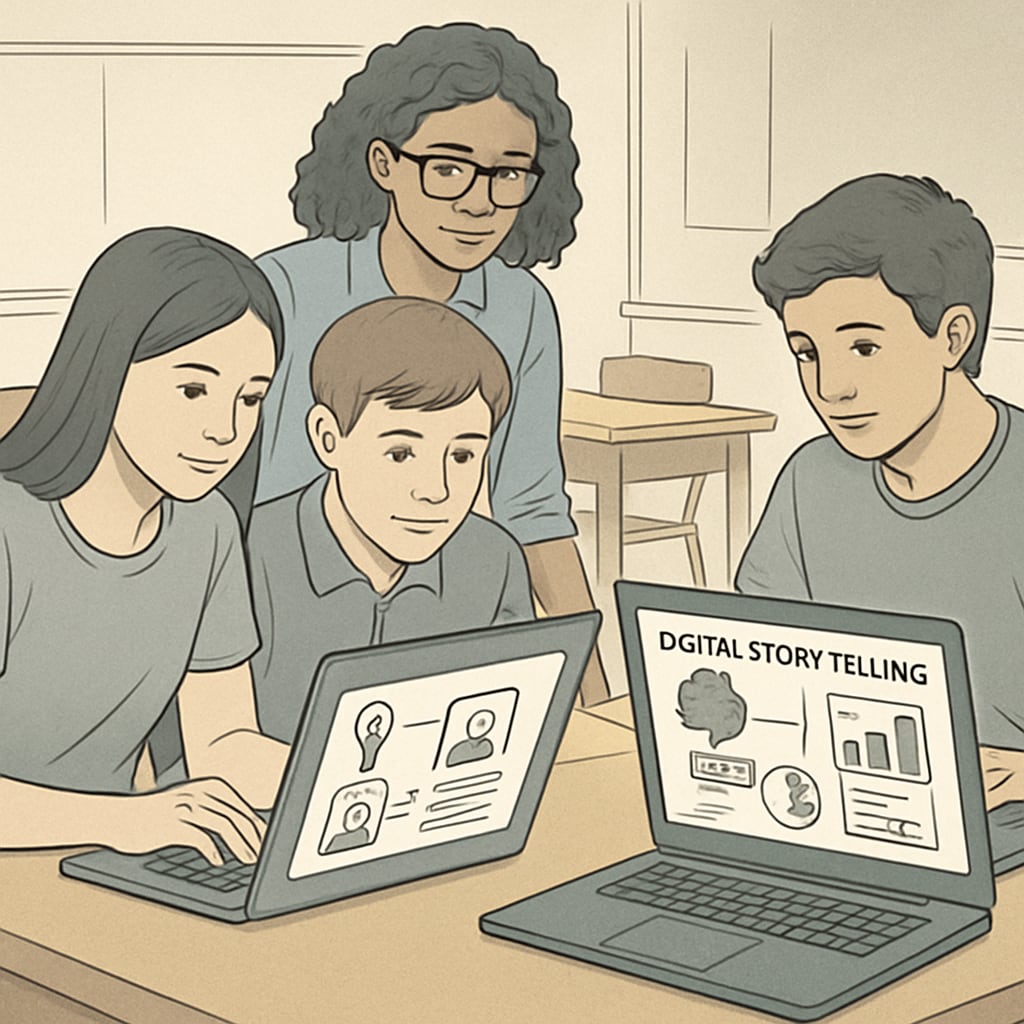In the modern digital age, educators are increasingly turning to AI-driven tools to enhance their teaching methods. This article introduces five innovative AI-powered teaching resources tailored for grades 9-12, focusing on media literacy, critical thinking, and visual storytelling. Designed to cultivate creativity and discernment, these free tools empower students to become informed media consumers in a rapidly evolving technological landscape.
Transforming Media Literacy with AI Writing Prompts
Media literacy is more critical than ever as students navigate a world saturated with information. AI tools like ChatGPT provide educators with dynamic writing prompts that challenge students to think critically about the media they consume. For example, instructors can use AI to generate scenarios where students analyze the credibility of news articles, interpret advertisements, or evaluate social media content. These exercises not only enhance their critical thinking skills but also teach them to recognize bias and misinformation.

AI Tools for Visual Storytelling and Creativity
Visual storytelling is a powerful way to convey ideas and emotions, and AI tools can help students refine their skills in this area. Applications like Canva and Adobe Express offer accessible platforms for designing compelling visuals and infographics. By integrating AI image generation tools, students can experiment with concepts such as symbolism, aesthetic design, and narrative structure. These exercises encourage creativity while fostering an understanding of how visuals are used to influence audiences.

Critical Thinking Activities with AI-Assisted Content Analysis
AI can assist educators in creating content analysis activities that encourage critical thinking. For instance, tools like Grammarly and Hemingway Editor can be used to compare the tone, style, and readability of various media texts. Students can engage in discussions about why certain media pieces are more persuasive or impactful, using AI-driven insights to deepen their understanding of audience targeting techniques.
Collaborative Media Projects Powered by AI
Group projects are an excellent way to encourage collaboration and problem-solving. AI platforms such as Google Workspace and Trello can simplify project management and enhance teamwork. Students can use these tools to brainstorm ideas, organize tasks, and share feedback in real time. This approach not only makes media creation more efficient but also teaches students valuable skills in teamwork and technology integration.
Ethical Considerations in AI and Media Literacy
While AI provides numerous benefits, educators must also address ethical considerations. Discussions about AI bias, privacy concerns, and the responsible use of technology are essential for a comprehensive media literacy curriculum. Resources like Ethics of Artificial Intelligence on Wikipedia and AI Ethics on Britannica offer valuable insights for educators to integrate into their lessons.
As a result, students gain a balanced perspective on the opportunities and challenges presented by AI technologies, equipping them to navigate the digital world responsibly.
Readability guidance: Use concise paragraphs, lists to summarize tools, and engage students with practical examples. Incorporate over 30% of sentences with transition words (e.g., however, therefore, for example). Ensure critical thinking exercises are focused on real-world applications of media literacy.


